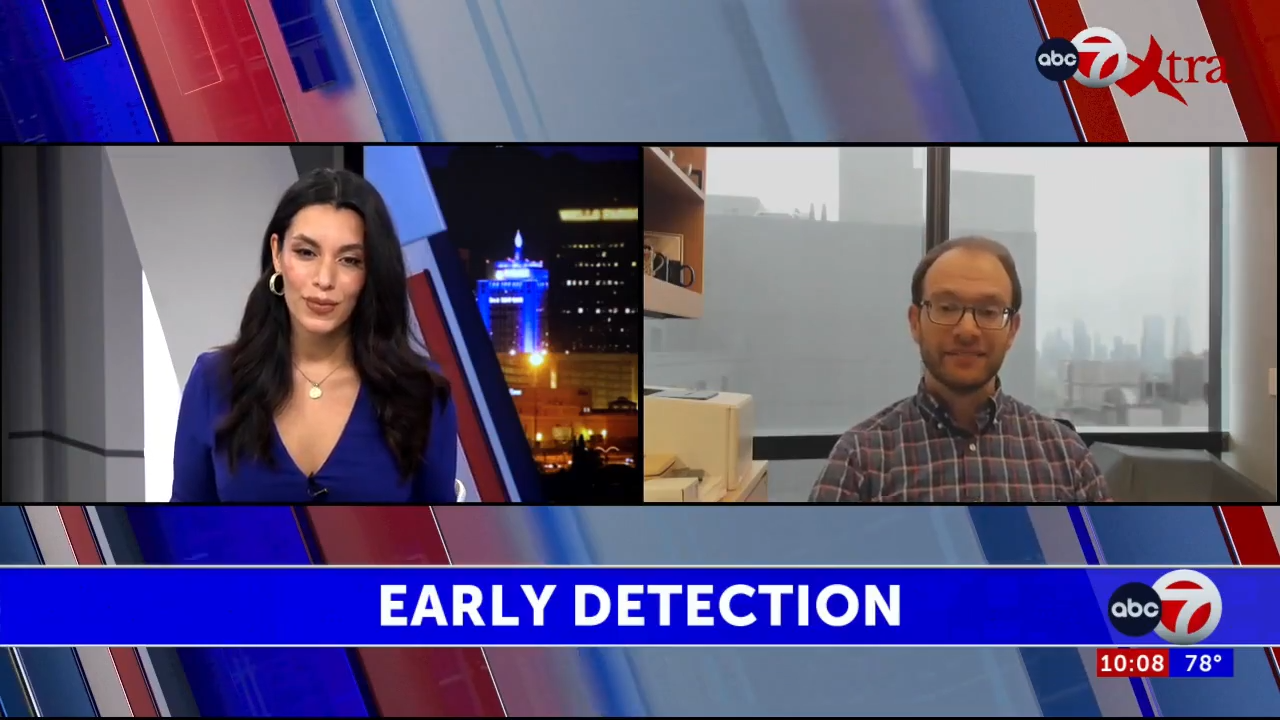
In what could prove to be a game-changer for ovarian cancer debulking procedures, the U.S. Food and Drug Administration (FDA) has approved Cytalux (pafolacianine), an imaging drug designed to help doctors better locate and identify ovarian cancer lesions during surgery.
The drug, which is administered via injection at the time of surgery, works by binding to a specific protein — folate receptors — that is overproduced in ovarian cancer cells. Under fluorescent lighting, the drug becomes illuminated, making it easier for surgeons to spot and remove more of the cancerous cells.
Says Alex Gorovets, MD, of the FDA, “The FDA’s approval of Cytalux can help enhance the ability of surgeons to identify deadly ovarian tumors that may otherwise go undetected.”
Approval for the drug comes after a randomized, multi-center, open-label study of 134 patients diagnosed with, or having a high clinical suspicion of, ovarian cancer underwent surgery and received a dose of Cytalux. Physicians first evaluated the patients under normal lighting, and then fluorescent lighting. Under fluorescent lighting, physicians were able to identify at least one additional cancerous lesion in 26.9% of patients that was not previously observed.
OCRA will be keeping a close eye on progress and use of Cytalux, and will report on future findings as they become available.
Learn more about the FDA’s approval of Cytalux for ovarian cancer imaging on the FDA’s website.
Debulking surgery is both the first step in confirming an ovarian cancer diagnosis, and the first step in treatment if ovarian cancer is confirmed. Studies have shown that patients whose debulking procedure is performed by a gynecologic oncologist experience better outcomes.


